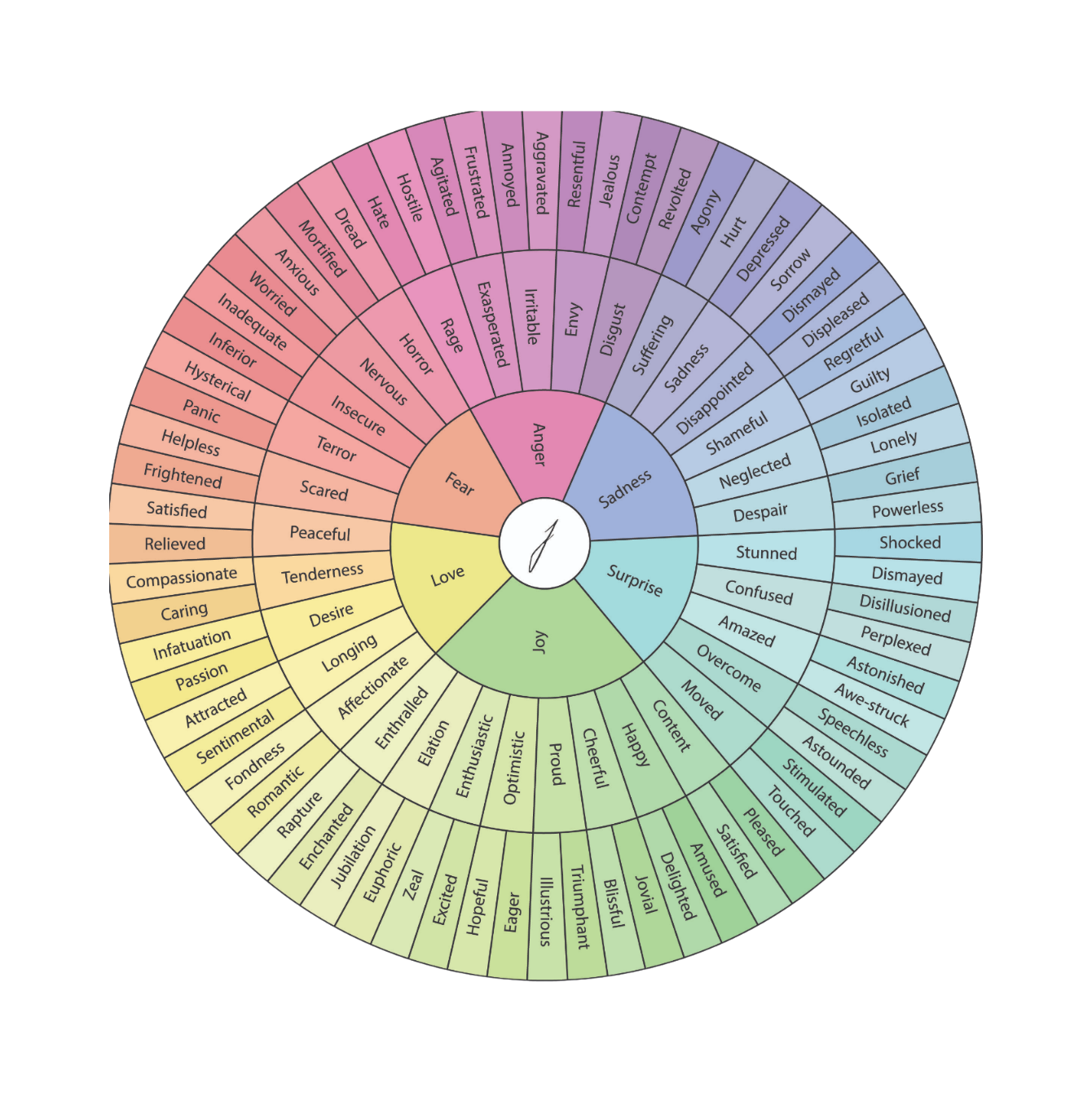How To Sit With Your Emotions
If you’ve been to therapy before or have been on TikTok recently, you’ve probably heard of this phrase “sit with your emotions.”
It sounds intriguing and broad at the same time. It sounds like something you should be doing, but you’re unsure what that actually means or looks like practically.
That’s what we’re discussing today: what does one person do when they’re taking time to sit with their emotions.
Sitting with your emotions stems from mindfulness principles. If you’re unsure of what mindfulness is, check out this blog where I went into it in more detail.
Back to the definition - when you’re sitting with your emotions, you’re creating space for yourself to feel them and to accept them as they are.
For example, if you’re feeling sad, though at the beginning you may want to understand why, as you’re sitting with your emotions, the goal is to allow yourself to just be sad.
Maybe sadness for you looks like ugly crying while you look at yourself in the mirror, screaming at the top of your lungs, rolling on the floor, or throwing a bit of a tantrum, whatever it is, give yourself space to do that. (These may seem over the top, but you never know what people do when they’re alone as they’re feeling the feels.)
Those actions may be as short as 10 seconds, or may go on for minutes and hours at a time. We all experience our emotions in different ways, the idea is not to fit one exact mold, but to experience things as you’re comfortable doing so.
Let’s look at some practical ways to sit your emotions:
Notice that you are feeling something.
This sounds extremely simple, yet it’s an important step that we often miss as we’re dealing with our day to day lives.
One way to do so is by paying attention when your mood shifts. If you were having a great day and all of a sudden you’re not feeling as great anymore, take some time to notice that change.
In that moment, it’s also helpful to recognize what’s happening in your body. As we experience our emotions, our bodies are physiologically responding as well as our brains change what’s happening in our bodies. Meaning if you are frustrated, angry, or sad, there are physical cues from your body that will be a reflection of what you’re feeling.
When you are really afraid, you might feel that your heart is beating out of your chest, or if you’re sad, you might start crying. When you’re happy, you’re most likely to smile, and when excited, some of us jump up and down.
Figure out what you are feeling - name it.
Let’s get this out of the way right now, “fine” is not an emotion.
An emotion is a chemical release as a result of how we interpret a specific situation (or trigger).
According to six seconds, The Emotional Intelligence Network, it takes our brain ¼ second to identify the trigger and ¼ second to produce the chemicals.
This is why we often hear that emotions are temporary, as they tend to last seconds, to a few minutes at most.
Your emotions are important as they provide information about the world around us, and how our bodies should adapt depending on the situation.
Emotion Wheel
To help identify emotions, I like to refer to the emotion wheel. It’s a clear way to identify what we feel and need. The wheel ranges from general emotions such as love, joy, surprise, fear, anger, and sadness, to specific names related to what we feel.
For more in depth breakdowns of the emotion wheel, check out Human System’s site as they developed a wheel for both comfortable and uncomfortable emotions.
Think of why you may be feeling this way.
Let’s say you’ve narrowed it down to feeling “insecure”, the next step would be to think of why you’re feeling this way.
Here are a few questions you can ask yourself as to why you’re feeling this way:
What happened?
Where were you?
Who were you with?
What thoughts did you have as you were feeling insecure?
Is it related to a present situation or something that happened in the past?
An example of this could be: I feel insecure working out at the gym because I don’t know what I’m doing and I see people looking at me funny.
Although this may not be a reflection of what was truly happening at the time, it’s important to acknowledge your interpretation of it, without judging yourself for thinking this way. Your feelings are yours and they are valid.
Think of what you need.
Now that you’ve taken the steps to be aware of your emotions and that you have the language to pinpoint exactly what you’re feeling, let’s look at exploring what you need as a result.
Going back to the example of feeling insecure, what you need could be to feel more confident going to the gym. Think of what that would look like: having a planned workout, watching videos of people performing those exercises, or maybe having someone there with you so that you feel more comfortable.
This may take a while to figure out, but as you’re taking the appropriate steps, be kind to yourself and take it one day at a time.
If you’re interested in reading more, check out the other blogs.
Interested in working with me? Get to know me, and if you think I would be a great fit, fill out the Contact Form to book a free 15-minute phone consultation.
Until next time!


